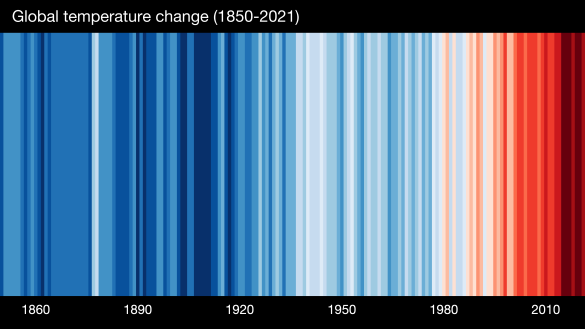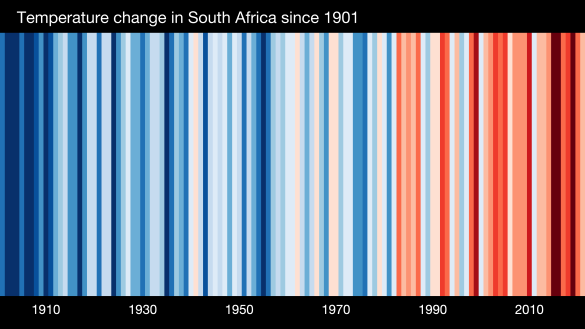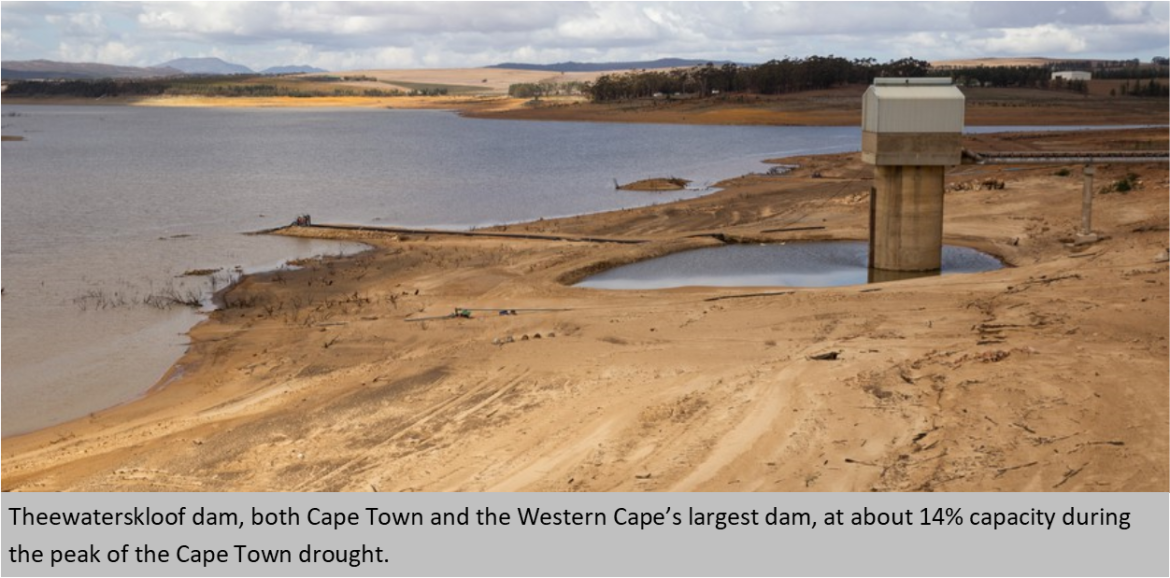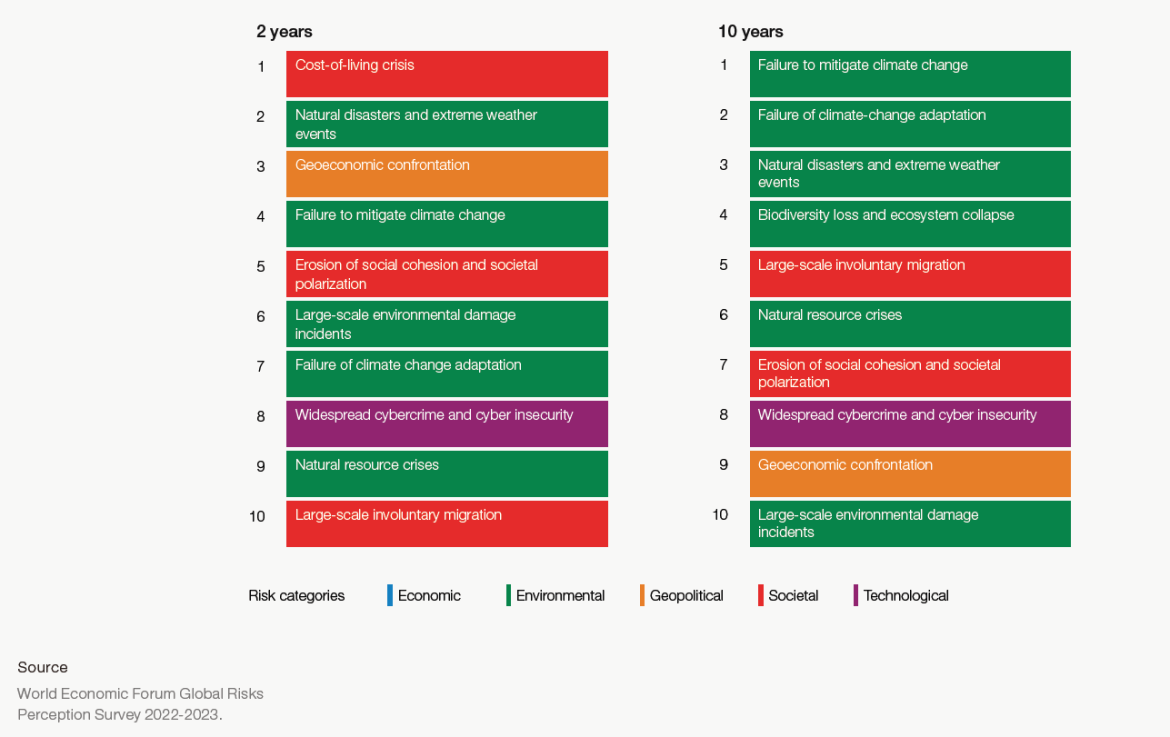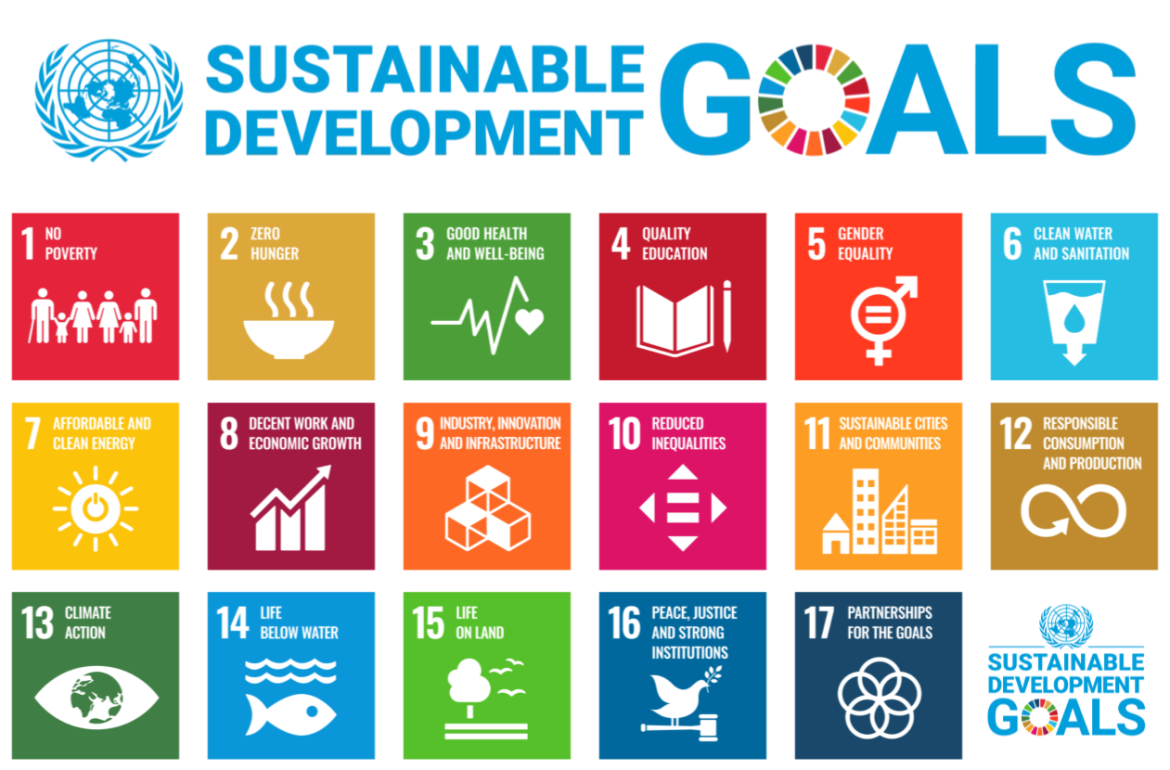Climate Change, Sustainable Development and the Green Economy
Quick Links to content on this page:
What is Sustainable Development?
What do Climate Change and Sustainable Development have to do with a Green Economy?
The Earth is getting hotter and the climate is changing primarily due to human activities – such as burning of fossil fuels, deforestation, industrial processes and unsustainable agriculture - that emit planet-warming gasses, referred to as greenhouse gases. . The heating effect of the planet is referred to as global warming, which in turn causes climate change.
Watch this 80 second video from the Australian NGO the Climate Council for a brief explanation on how Greenhouse Gases change the climate and heat the planet.
PLEASE NOTE: A “doona” is an Australian term for blanket.
The Climate Council is an Australian non-profit that drives climate change awareness, go to there website to find out more www.climatecouncil.org.au
Our Climate is getting hotter
The graphics below, known as "warming stripes", are visual representations of the change in average temperature measured over the past 100 years or longer depending on how much data is available. Each stripe represents the temperature in that country averaged over a year. The more blue a stripe is, the colder it is in that year; the more red the stripe is, the hotter it is in that year.
The stripes below show the annual temperatures for the world and South Africa are both getting increasingly hotter. This is climate change.
The “warming stripes” shown above were developed by climate scientist Ed Hawkins and show the climate heating over time, both globally and in South Africa. More information about the warming stripes can be seen here
The Impacts of Climate Change
People around the world are already feeling the numerous social, economic and environmental impacts of climate change.
In the Western Cape, the projected direct impacts of climate change include:
- Higher average annual temperatures
- Higher maximum temperatures
- More hot days and more heat waves
- Higher minimum temperatures
- Fewer cold days and frost days
- Reduced average rainfall
- Rising sea levels
- Increased fire risks
- Increase in the frequency and intensity of extreme weather events, including floods, droughts, and storm surges.
While the above are projected, many of these changes are already being realized.
The direct impacts mentioned above create a variety of indirect impacts, such as the impact of increased drought or extreme weather on businesses, employment and food production, the impact of high temperatures and increased heat waves on human health, and the impact that fewer frost days has on the deciduous fruit industry. If businesses and society continue to operate as they currently do, climate change will be devastating to economic and social progress, threatening health, safety and livelihoods.
As an example, the drought that was experienced in Cape Town and the Western Cape from 2015 to 2018 was record-breaking, with the lowest rainfall since record keeping began. The impacts on businesses and their employees were profound, with the provinces’ tourism, hospitality and agricultural industries hit hardest. Although Cape Town has experienced several significant droughts in its history, modelling by University of Cape Town (UCT) researchers found that the risk of drought has increased substantially because of global warming (read more on UCT’s website here).
The World Economic Forum's annual Global Risks Report series has many times highlighted climate change and climate change-related risks in the top 5 global risks both in terms of likelihood and impact since at least 2013. The Global Risks Reports share the results of the Global Risks Perception Survey (GRPS), as completed by over 650 members of the World Economic Forum’s leadership communities and overseen by the Global Risks Advisory Board. The 2023 Global Risks Report has climate change related risks occupying 4 of the top 10 risks in terms of severity likelihood in the next 2 years and ranking top 1 of the top 10 severity risks in 10 years. The diagram below depicts the global risks severity likelihood in the next 2 to 10 years from 2023.
Global risks ranked by severity over the short and long term
We can, however slow climate change and prevent its worst impacts by reducing the emission of greenhouse gases (mitigation) and by implementing means to adapt to a changing climate.
To address this, the Climate Change Directorate within the Department of Environmental Affairs and Development Planning (DEA&DP) has undertaken the development, review, and coordination of the revised Western Cape Climate Change Response Strategy. The Strategy is envisaged as a transversal strategy providing policy direction in response to climate-related risks and potential opportunities, through either creating or leveraging systemic innovative response programmes that tackle the region’s vulnerability to droughts, heat, and floods and take advantage of opportunities that will enable climate resilient development which fosters economic growth that is low-carbon and further creates an advanced Green Economy. Even though the Strategy is drafted by the Western Cape Government, it is a guiding document for all sector stakeholders in the province (both public and private sector) who can play a role in responding to climate change.
For more information on climate change and the Western Cape go to:
- Western Cape Governments’ Climate Change overview page here.
- Climate Change Directorates’ webpage on the Western Cape Governments’ Department of Environmental Affairs and Development Planning website here.
For more information on climate change and its impacts go to:
What role does Sustainable Development have to play?
In general, while decreasing overall poverty and increasing access to food and employment, previous approaches to development have been environmentally destructive and socially dividing on a global scale, while failing to effectively address equality.
Negative impacts of previous and current approaches to development include:
- Emissions of greenhouse gasses by human activities have increased by over 700 times in the 200 between 1819 and 2019 years [1] and the level of greenhouse gasses in the atmosphere are higher than they have been for over 800 000 years [2]. This is leading to continued heating of our planet, resulting in climate change and its various direct and indirect impacts on social, natural and economic systems.
- 75% of the Earth’s land-based environment has been “severely altered” by human actions [3]
- 66% of the Earth’s ocean environments have been “severely altered” by human actions [3]
- 85% of wetlands present 300 years ago have been completely lost [3]
- In 2015 33% of ocean fish stocks were being harvested at unsustainable levels, while 60% were being fished at their maximum sustainable levels [3]
- 50% of coral reefs have been lost since 1870s [3]
- 1 million plant and animal species are currently threatened with extinction, many of which could be lost within decades [3]
- The populations of mammals, birds, fish, amphibians and reptiles have decreased by 68% since 1970 [4]
- Since 1990, income inequality has increased in most developed countries and in some middle-income countries where more than 71% of the world population live. [5]
- Despite progress in some countries, income and wealth are increasingly concentrated at the top. From 1990 to 2015, the share of income going to the richest 1 per cent of the global population increased in 46 out of 57 countries. [5]
- Progress on improving gender equality has been slow. [5]
[1] Annual total CO₂ emissions, by world region. Our World in Data, 2021. Available here.
[2] Climate Change: Atmospheric Carbon Dioxide. NOAA, United States Government. Available here.
[3] IPBES Global Assessment Report on Biodiversity And Ecosystem Services. Intergovernmental Science-Policy Platform on Biodiversity and Ecosystems Services (IPBES), 2019. Available here.
[4] Living Planet Report 2020, WWF, 2020. Available here.
[5] World Social Report 2020: Inequality In a Rapidly Changing World. United Nations Development Programme. Available here.
The impacts mentioned above have been largely as a result of developmental approaches that focused mainly on economic growth and industrialisation, often at the expense of the environment, natural systems and social justice.
Sustainable development was first conceptualised in 1987 where it was defined as “development that meets the needs of the present without compromising the ability of future generations to meet their own needs”. Sustainable development requires the pursuit of not only economic growth but also the building of an inclusive, sustainable and resilient future for people and nature.
The core elements of sustainable development are economic growth, social inclusion and environmental protection. These elements are interconnected, and all are crucial for the well-being of individuals and societies.
In 2015, the global community, through the United Nations, adopted and signed onto the 2030 Agenda for Sustainable Development. Described as a “plan of action for people, planet and prosperity”, it laid out 17 Sustainable Development Goals (SDGs) that the global community must pursue by 2030 to ensure that we develop our human systems in a manner than improves equality, human prosperity and wellbeing, and maintains and restores the health of our planet’s vital natural systems on which all life on Earth and our economic systems rely.
The 17 SDGs (see below) also have 169 targets that can be monitored to gauge progress towards the achievement of the goals.
While ambitious, the 2030 Agenda for Sustainable Development and the 17 SDGs are not legally binding on member countries.
For more information on sustainable development go to:
- The United Nations’ web page on the 2030 Sustainable Development Agenda here.
- The United Nations web page on a detailed explanation of the 17 Sustainable Development Goals here.
- The International Institute for Sustainable Development’s webpage on sustainable development here.
- ScienceDirect’s landing page for academic articles on sustainable development here to explore the topic beyond the scope of the 2030 Sustainable Development Agenda.
The link between climate change, sustainable development and the green economy
Climate change and many of the other environmental and social impacts of unsustainable development are largely driven by the way our economic systems function and are structured.
Effectively achieving sustainable development and fighting against and adapting to climate change and its numerous impacts requires a “greening” of the way our economic systems function. This would mean moving from our current unsustainable economic systems to a green economy.
A green economy:
- produces as few greenhouse gas emissions as possible
- uses resources very efficiently, minimising or even eliminating waste
- is socially inclusive
- fights against further climate change while adapting to the current and / or imminent effects of climate change and
- bases economic activity on sustainable development.
A green economy acknowledges that sustainable economic growth and development takes place through the efficient and responsible use and protection of natural ecosystems, so that they can continue providing the resources, services, environment and climate on which our well-being and economy rely.
The green economy is vital to mainstreaming sustainable development and climate change resilience into our global and local economic systems, and in so doing ensuring a prosperous future for people and planet.
For more information on the green economy go to:


